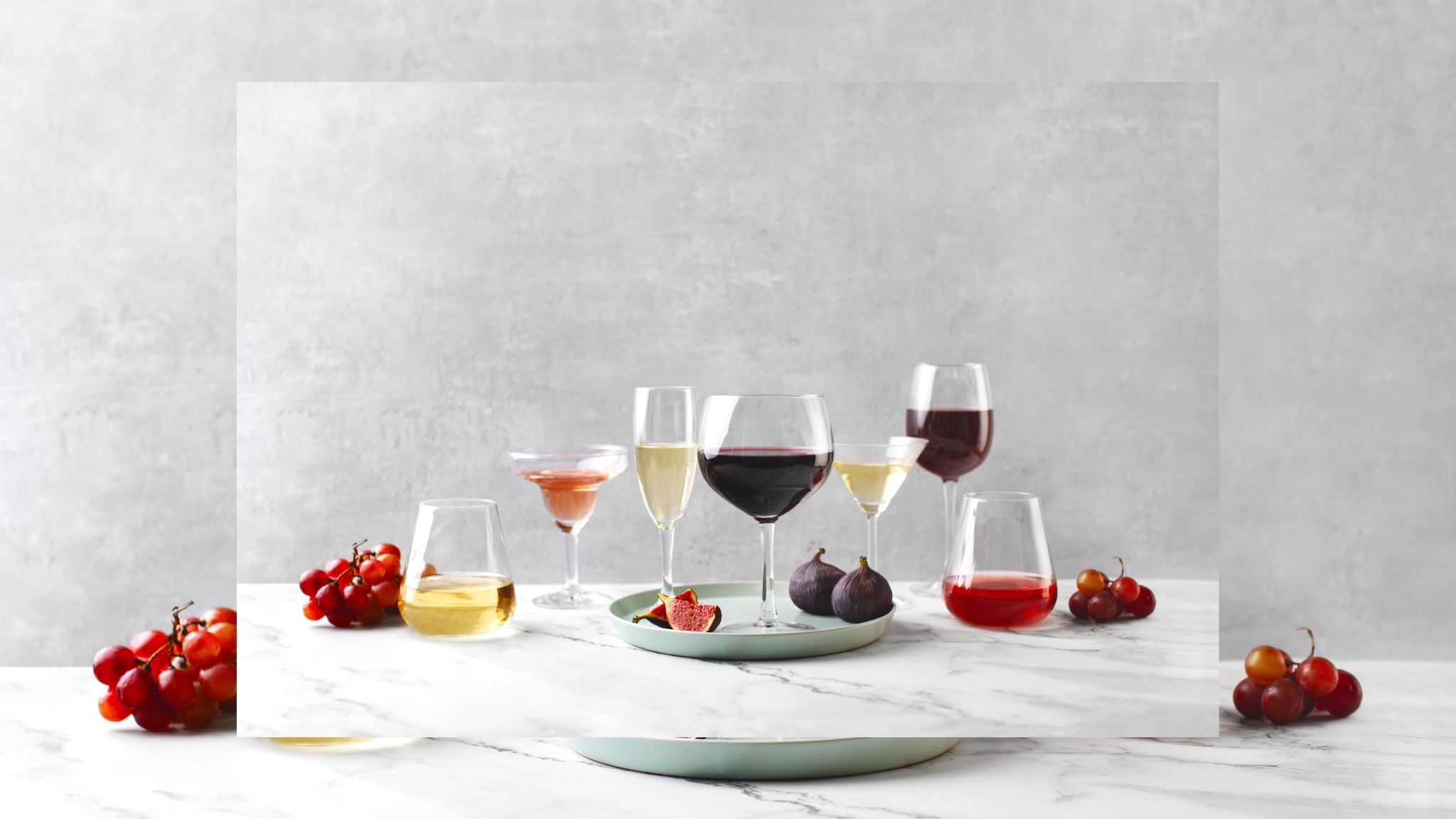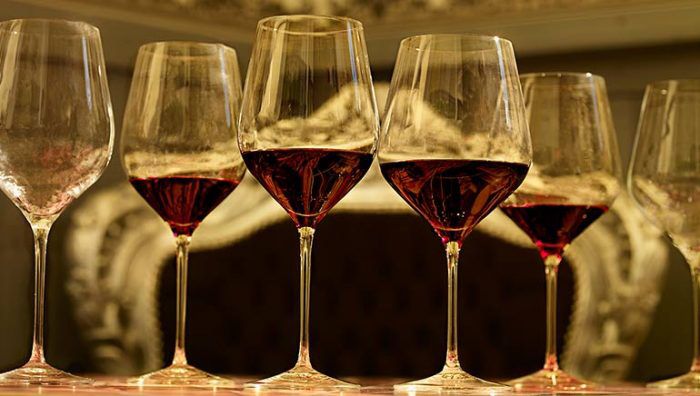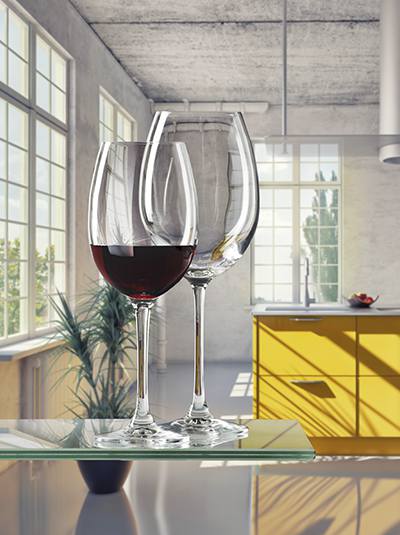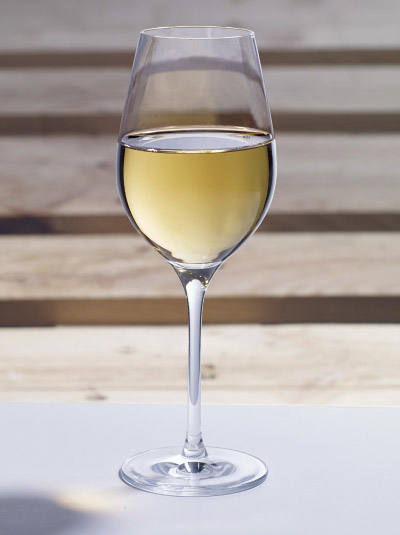
26 Feb A close relationship between the wine and the glass in which it is tasted
The wine glass as a tool for taste
The fermentation of fresh grapes is the fundamental component of the composition of a wine, it is also composed of water, ethyl alcohol or Ethanol, glycerin and glycerol, acids, and phenolic substances that are responsible for its flavor and aroma.
We all know that; what we do not know is that these substances and elements are not the only ones responsible for the taste and aroma of a wine, since the flavor nuances of the wine we are tasting vary according to the glass in which we drink it.
For this reason, glass manufacturers focus on the use of the glasses, the materials they are made of, their shape and transparency,
thus creating specific glasses for each type of wine.
Glass or DKristal glasses?
Although glass and crystal have certain similarities, if we have to choose a glass for a wine tasting, we will undoubtedly choose a crystal glass.
The reasons are simple, the thinness and transparency of crystal glasses influences the temperature of the wine which is preserved in a better way;
In addition, crystal glasses have a higher porosity than glass glasses, which allows the wine to permeate a larger surface and thus we can better appreciate the aromas it gives off.
Our tongue also plays a very important role in this process, since it can differentiate four areas, each one in charge of perceiving different tastes. The upper part of our muscular organ perceives astringent flavors (the taste of dates or persimmons), the tip of the tongue perceives sweet flavors, the lateral areas the acidic ones, and the ends the salty ones.
On the other hand, the shape of our glass is also very interesting when tasting a wine according to the grape from which it is made; we cannot use the same glass for a dry white wine as for a rosé wine.
A glass for each wine
As far as the size is concerned, it is not of great importance with respect to the taste, although it can intensify the aroma of the wine, to appreciate it properly it should be served up to a quarter of the glass, so it will gradually release its smell when we make a rotating movement with the glass.
The shape will vary according to the type of wine:
- For old red wines, the ideal glass will be a wide, three-part glass, which will facilitate oxygenation without evading the aromas and will create a very harmonious sensational perception.
- For medium red wines, a large rounded glass that exaggerates the nuances when swirled.
- If we want to taste a white wine, we will use a smaller glass, with a prolonged tulip shape and conducive to appreciate its fresh and aromatic aromas.
- For dry and sparkling wines, a flute glass will be our perfect choice for the formation of perlage.
DKristal offers different wine glasses depending on the grape with which it is fermented, among them:
- ‘Splendour 45‘: classic wine glass and intended for everyday use in wine shops, restaurants or tasting areas, rounded and stylized for white wines.

- ‘Elite‘: With a smooth and rounded shape, extremely light and resistant. This glass comes in two sizes, a larger one ideal for red wines and a smaller one perfect for white wines.

- ‘Ideal 30‘: This glass is intended for wine tasting, its rounded mouth narrower than the body retains and concentrates the aromas, and its thin rim is perfect for directing the wine to the most suitable areas of the palate.

Particularly suitable for Andalusian wines characterized by their finesse and aroma.






